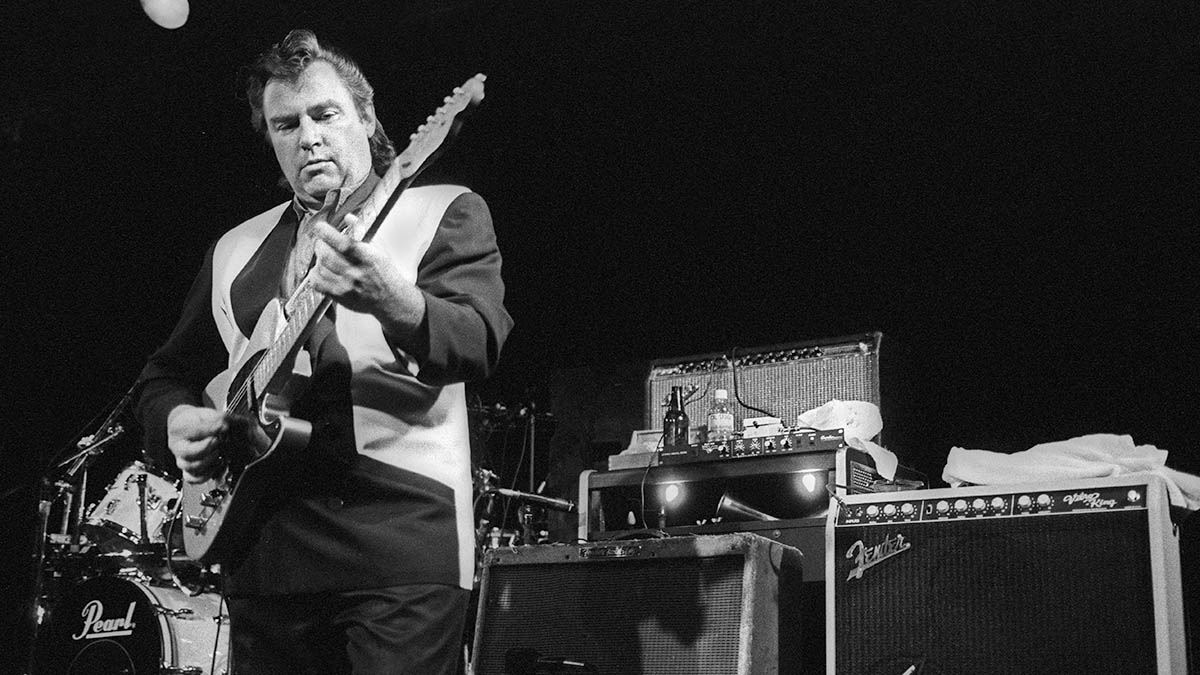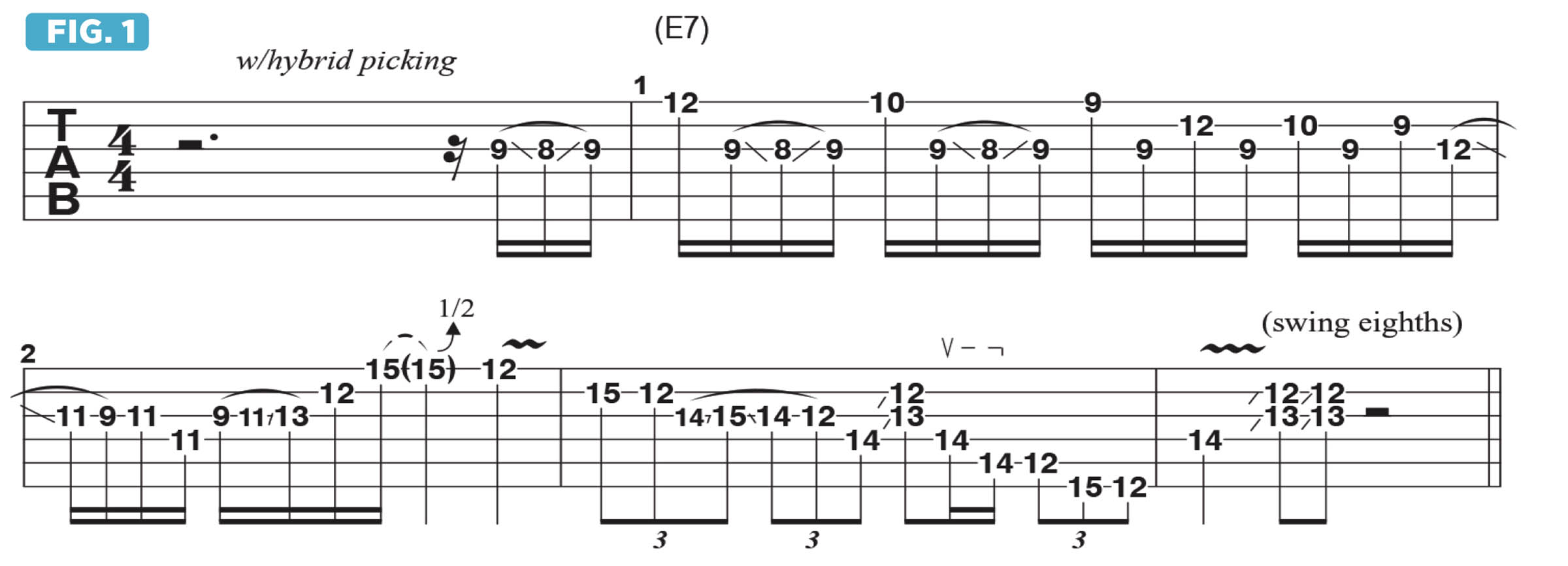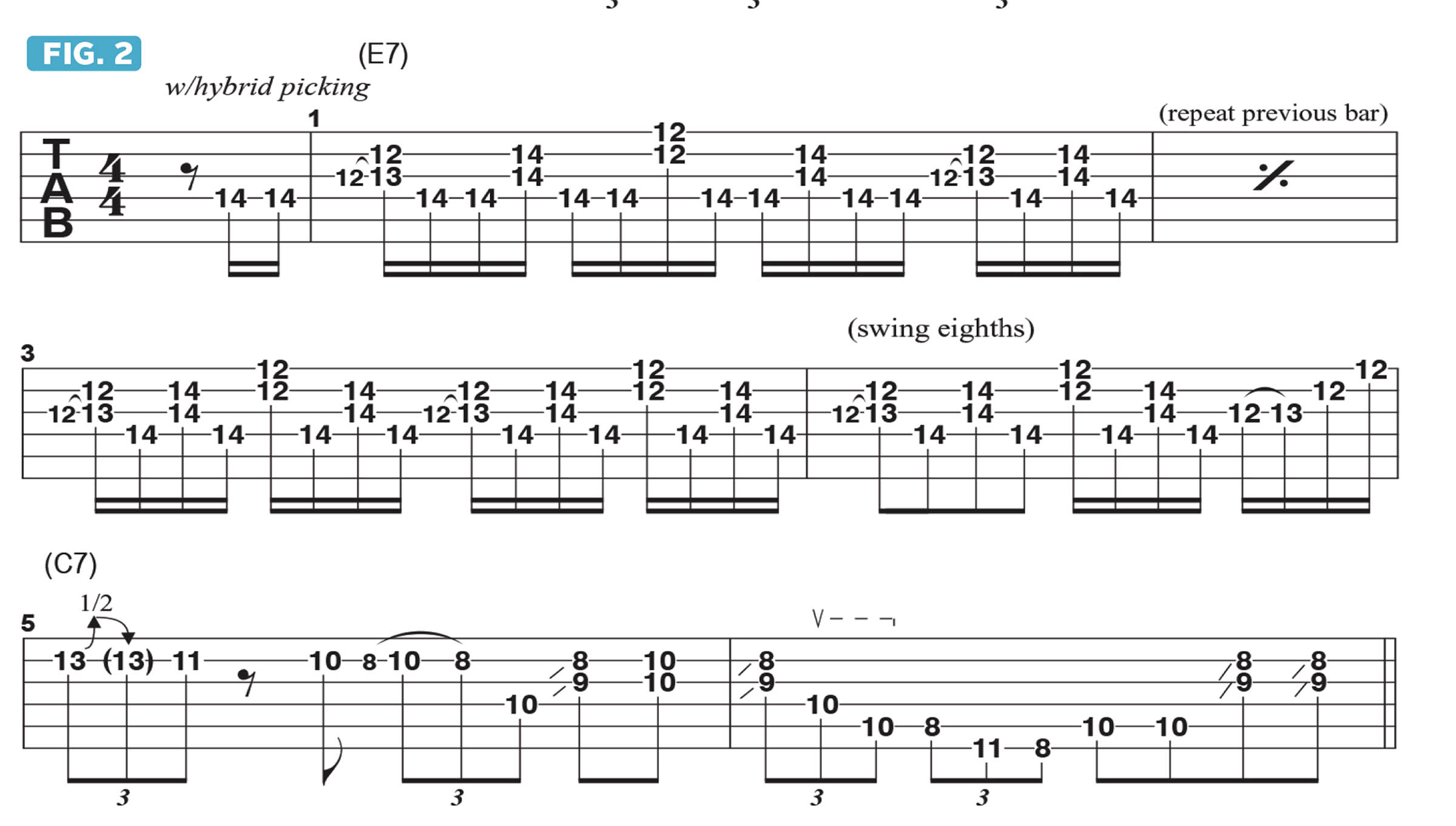Hone your hybrid picking with this lesson in the style of the great Danny Gatton
Josh Smith is our guide in mixing flatpicking with fingerpicking for a piece that references Gatton's style along with James Brown

For those who may be unfamiliar with Danny Gatton, he was one of the greatest guitarists who ever lived, and he has been a major influence of mine for many years.
Danny could move effortlessly from country and western swing to blues to jazz to bebop in the blink of an eye, and I learned so many licks from listening to his records. I’m still learning Danny Gatton licks! And as is the case with all of one’s influences, it’s a fun and challenging goal to bring them into our own playing in a natural and “organic” type of way.
During my Brown Gatton solo – my ode to both Danny Gatton and James Brown – I incorporate a few licks that I “borrow,” to the best of my ability, from the master himself. An integral element in Danny’s style, and country-style guitar at large, is the use of hybrid picking, a technique wherein flatpicking and fingerpicking are combined.
Hybrid picking enables one to more easily perform licks that might otherwise be arduous and unwieldy to execute if utilizing straight flatpicking, such as when doing a lot of string skipping. It also enables you to “snap” the strings against the fingerboard by picking them with your bare fingers.
Figure 1 illustrates one of the licks I learned from listening to Danny. It begins with the fret hand repeatedly sliding along the G string between the 9th and 8th frets. Using hybrid picking in bars 1 and 2, I pick the notes on the G string with downstrokes and fingerpick the notes on the higher strings with either my middle or ring finger.
In bar 3, I switch to straight flatpicking and perform a reverse rake on the upbeat of beat 3, dragging the pick in a single upstroke motion across the D and A strings.
During the second solo chorus, I bring in a whole handful of double-stop licks, quickly alternating between downpicking a single E note on the D string’s 14th fret and fingerpicking two-note shapes on pairs of adjacent higher strings, starting with the G and B strings and then the B and high E, as shown in Figure 2.
All the latest guitar news, interviews, lessons, reviews, deals and more, direct to your inbox!
In the last two bars of this example, I modulate from E7-based licks to licks that describe C7, following the song’s underlying chord progression. As I mentioned last month, pivoting on this two-chord axis during the solo provides me with so many great options for improvisation.
Another classic Danny move is a technique often referred to as the cascade, wherein fretted notes alternate with open strings, one note per string, as I demonstrate in Figure 3.
The crazy harmonic tension provided over E7 in bar 1 perfectly sets up the modulation to C7 in bar 2. One could also play the entire sequence over C7, as shown in Figure 4.




